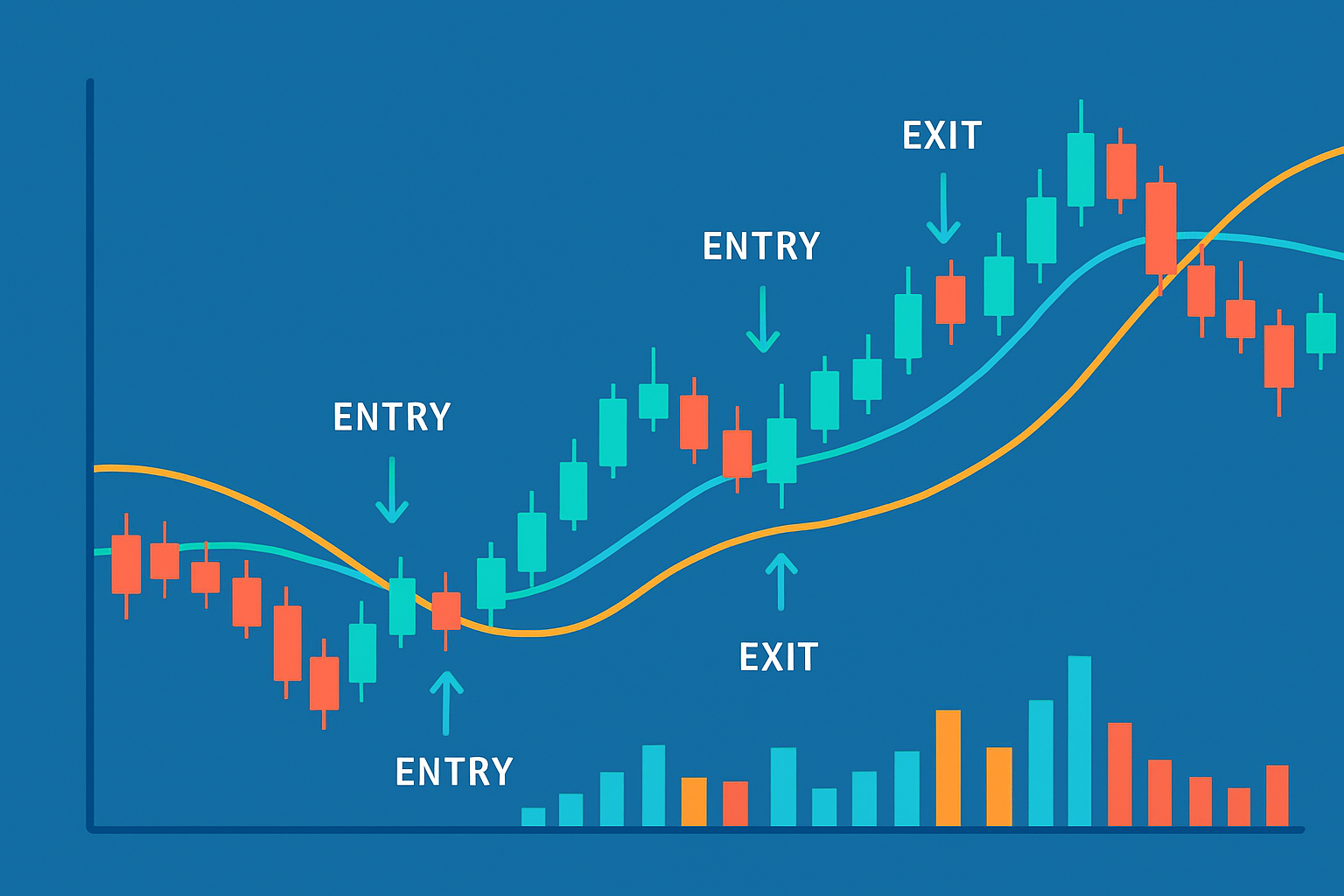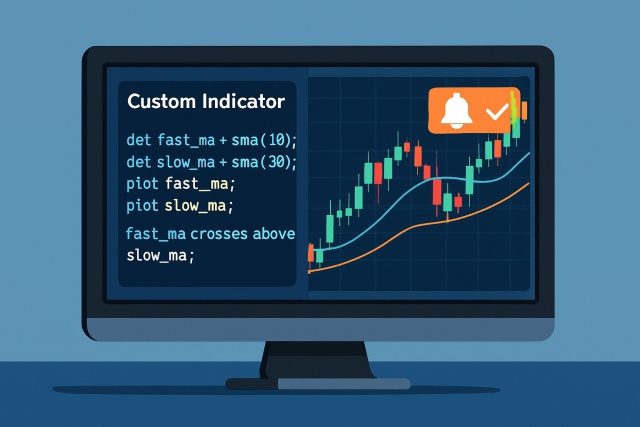
How To Use A Scalping Trading Strategy In Fast Markets?
Master scalping trading strategy to seize quick profits in volatile fast markets. Follow this practi...

Scalping is a lightning-fast trading method focused on snagging those tiny price movements in the market. Building a scalping strategy that truly suits you is key, because what clicks for one trader might totally miss the mark for another.
Scalping usually delivers quick wins and plenty of chances to jump in, but it definitely demands discipline and lightning-fast choices.
A scalping strategy involves jumping in and out of the market with lightning speed and making quick trades that last seconds to a few minutes to capitalize on tiny market movements. Typically you work within timeframes of one to five minutes. To succeed at scalping you need plenty of liquidity and volatility plus a mindset that is razor-sharp for fast decisions and steely discipline.
Before you dive headfirst into crafting your scalping strategy, take a moment to nail down your personal trading goals. Reflect on what level of risk actually feels comfortable because nobody wants to lose sleep over their trades. Consider the kind of profits you would like to see but keep your expectations grounded. Be honest about how much time you can realistically carve out each day. It’s no use planning for marathon sessions if you only have a few minutes to spare.
Choosing the right markets and instruments is absolutely important for scalping success. I’ve found it’s smart to zero in on assets with strong liquidity and the right amount of volatility—enough to keep orders executing swiftly and prices moving meaningfully. Common go-tos usually include Forex pairs like EUR/USD, popular high-volume stocks, futures contracts and certain cryptocurrencies.
| Market Type | Liquidity | Volatility | Typical Spreads | Trading Hours |
|---|---|---|---|---|
| Forex | Very high | Moderate to high | Low (0.1-1 pip) | 24/5 (varies by pairs) |
| Stocks | High (blue-chips) | Moderate | Medium (varies) | Market hours (e.g., 9:30-16:00 EST) |
| Futures | High | High | Low to medium | Almost 24 hours |
| Cryptocurrencies | Moderate to high | High | Higher (variable fees) | 24/7 |
If you’re a scalper, this handy comparison should point you towards markets that jive with your need for speed, keeping costs in check and managing risk like a pro.
Having clear and objective entry and exit rules is a real lifesaver for minimizing hesitation and emotional slip-ups during fast-paced scalping trades. Your rules should spell out exactly when to jump into a trade, when to pocket your profits and when to cut your losses — leaning on technical signals you truly trust and can size up in a flash.

Example of a scalping chart with marked entry and exit points based on technical signals.
Successful scalping calls for careful risk management to keep your capital safe from quick sneaky losses. It’s smart to set your stop-loss points, position size limits and daily loss caps ahead of time.
Before you dive headfirst into using your scalping strategy live, it is really worth taking the time to backtest it thoroughly with historical market data. Running trade simulations can give you a solid feel for where it shines and where it might stumble.
Markets are always on the move, so your scalping strategy needs to keep up. Make it a point to pause and review your trades—there’s always a nugget of insight waiting to be uncovered. Tweak your rules as the winds of volatility and spreads shift, or as you get to know yourself a little better in the trading chair.
"Discipline and flexibility form the bedrock of a scalping strategy that usually delivers consistent results. Without those two in your corner, even the sharpest system can find itself floundering when faced with the realities of live markets." — Professional Trader Insight
Catching these common slip-ups early can save you from needless losses and headaches you wouldn’t want to count, especially when using a scalping strategy. It really pays off to stick to a clear plan and factor in every little cost. Never let your guard down when managing risk. Keeping a journal and revisiting your trades to spot emotional quirks is something I’ve found invaluable.
Struggling to improve your trading performance? Edgewonk's advanced analytics tools are designed to give you the edge you need.
With detailed trade journaling, robust strategy analysis, and psychological insights, you'll gain a comprehensive understanding of your strengths and weaknesses. Don't miss out on this game-changing opportunity.
Traders, it's time to elevate your game. Edgewonk is the ultimate trading journal software designed to empower you with data-driven insights and personalized strategies. Take control of your trading journey and maximize your potential.
16 articles published
Driven by a passion for democratizing financial markets, Vivienne creates educational content on forex trading and currency market fundamentals for beginners.
Read Posts
Master scalping trading strategy to seize quick profits in volatile fast markets. Follow this practi...

Learn how the True Range indicator captures market volatility and price swings, empowering traders t...

Discover how to create custom indicators on TrendSpider with this step-by-step guide. Tailor your tr...

Discover how to recognize the evening star candlestick pattern—a powerful signal highlighting potent...
